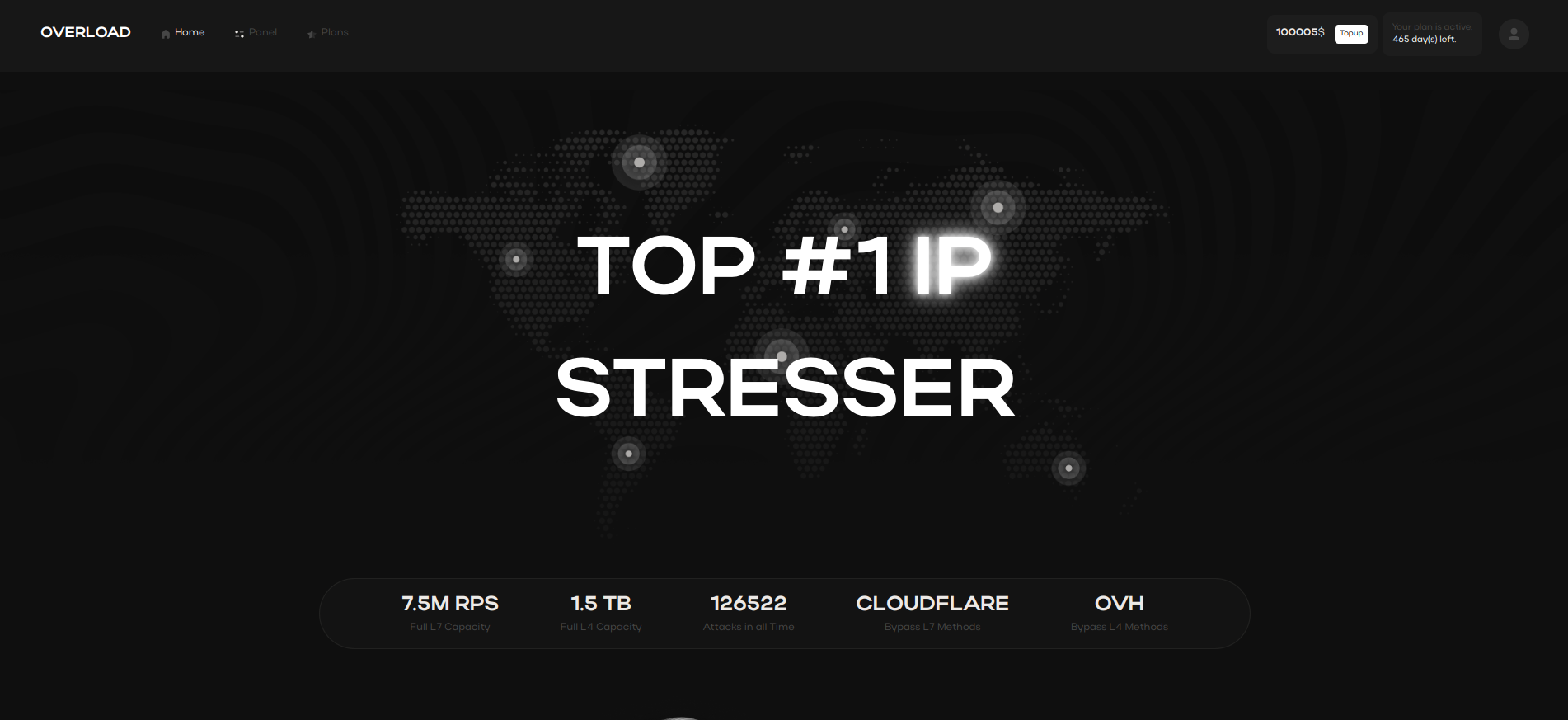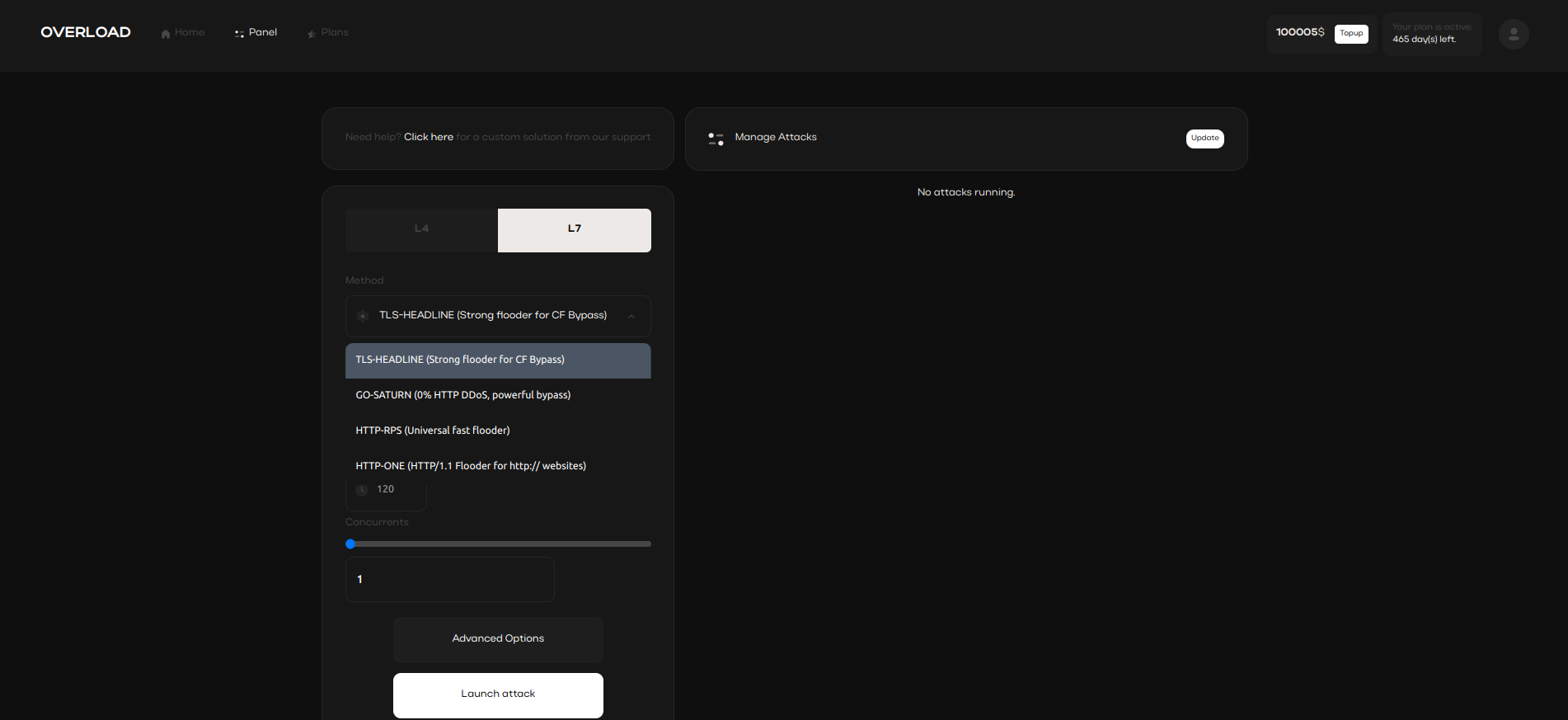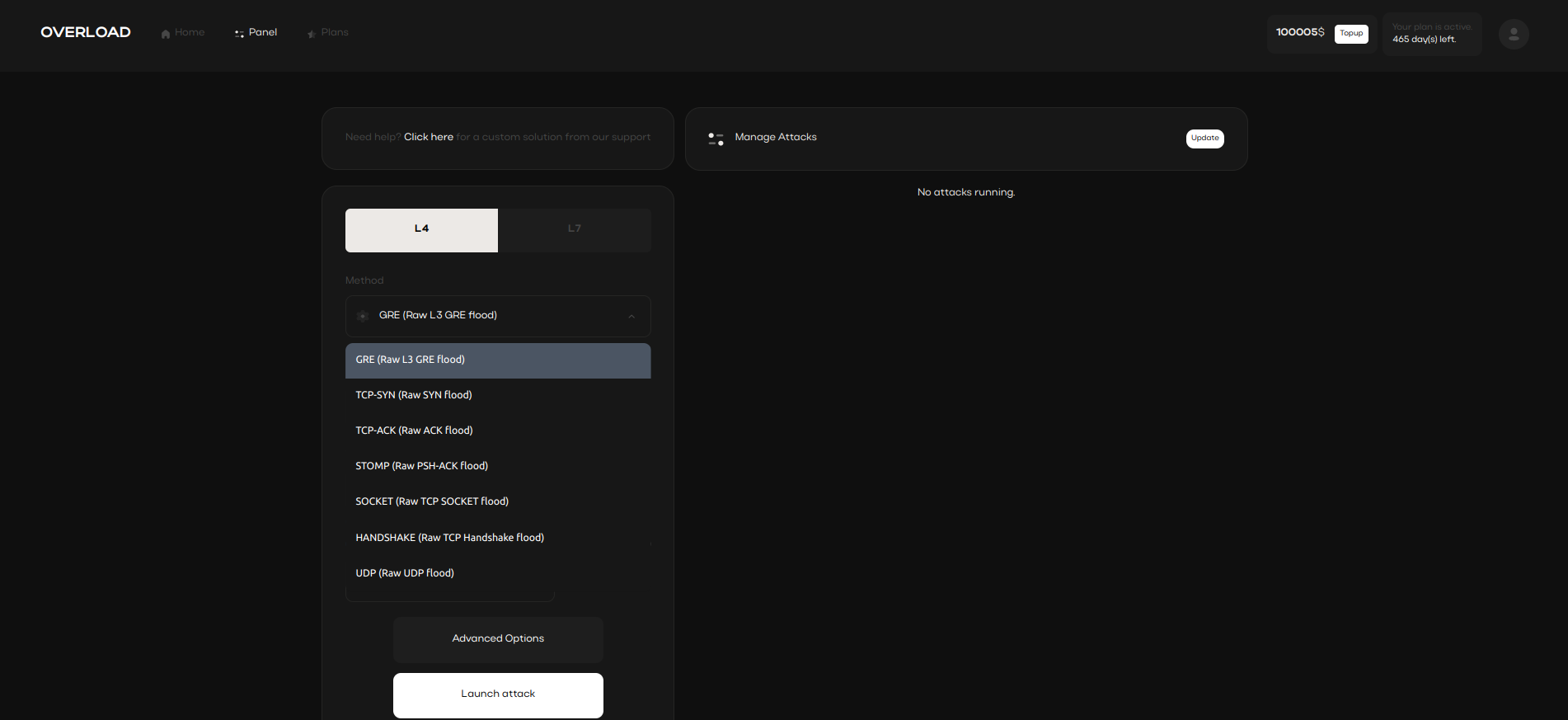Table of Contents
- Understanding DDoS Attacks
- Advanced Booter Panels
- What is a Stresser?
- The Role of IP Stressers
- IP Spoofing and Layer 4 Attacks
Understanding DDoS Attacks

Distributed Denial of Service (DDoS) attacks flood networks with excessive requests, crippling services.
By analyzing their patterns, organizations can deploy proactive defenses and safeguard their critical infrastructure.
Advanced Booter Panels

Modern booter panels integrate advanced algorithms,
ensuring precise network diagnostics and actionable insights for system optimization.
What is a Stresser?

By simulating large traffic volumes and intense load conditions,
stressers aid in preventive cybersecurity. They are an integral part of modern
cyber resilience strategies, providing a realistic view of how infrastructure responds under peak load.
The Role of IP Stressers

IP stressers are valuable tools for testing network robustness.
By simulating high-traffic scenarios, they help identify potential vulnerabilities
and ensure server stability under stress.
IP Spoofing and Layer 4 Attacks

IP spoofing techniques in low-level attacks can
conceal attack origins, making it harder to trace attackers.
Spoofing provides an added layer of anonymity, which is critical in maintaining stealth during network tests.
ddos a site
ddos attack tools
ddos app download
webstresser
ddos attack online
webstresser
best booting website
securityhide
vbooter ip tracker
ip grabify
booter
ilogger
ddos attack ip
vacstresser
booter stresser
stresser ddos attack
ddos attacks
ddos stress
ddos attack test tool
cloudflare bypass ddos github
ddos ripper
5 min booter
